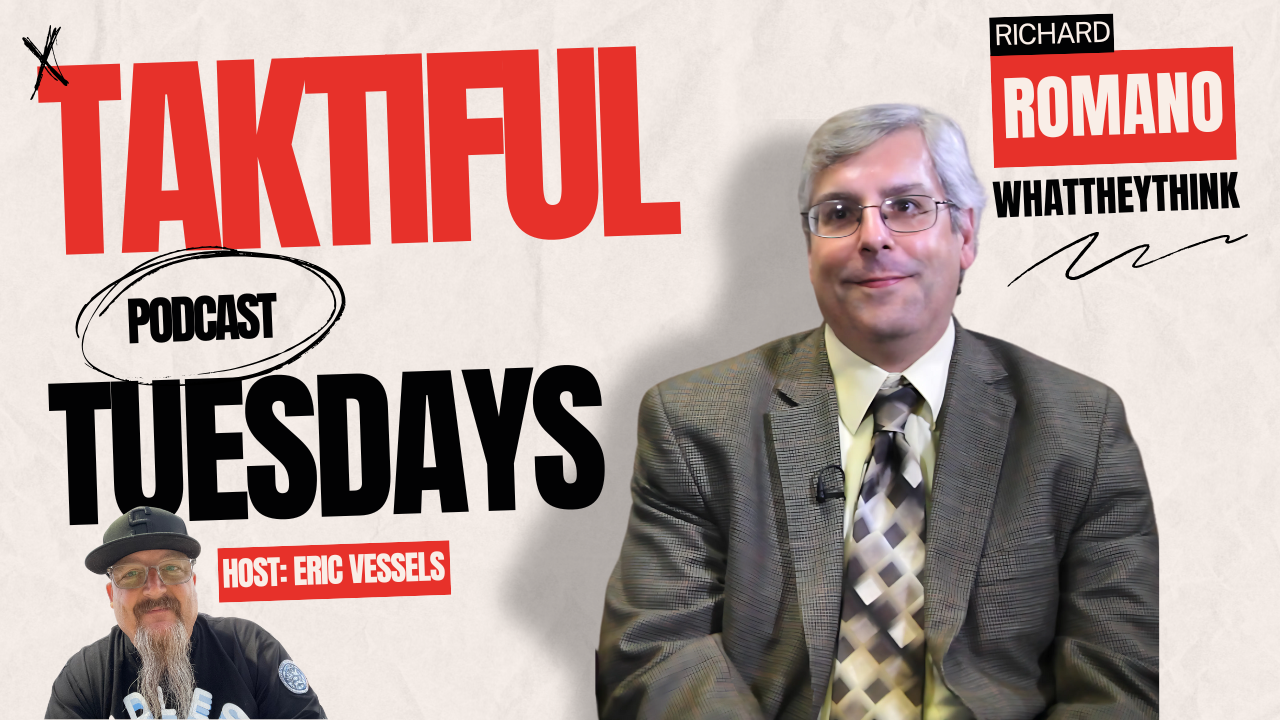Interview of Sprint’s Alan Anglyn, Director – IT Care & Billing Services Business Management by Phil Riebel, President - Two Sides North America
Can you describe your role and key responsibilities at Sprint?
At Sprint, I have several responsibilities for areas related to our print and mail operations. My organization has responsibility for the bill format, bill media options, procurement of services and strategic supplier relationships.
What is the Sprint Paper Leadership Council and its main objectives?
Sprint’s Paper Leadership Council is just one of many programs that support Sprint’s focus on the environment. The council ensures Sprint procures paper and print services in a sustainable manner. It sets policies and goals to address where our paper comes from, what it’s made of, how it’s produced, how it’s printed, and how much is used. One key responsibility is assisting and enabling suppliers to pursue sustainability in their own organizations. This past fall we held our 2nd annual Sprint Sustainable Print Summit with our suppliers. At the summit, Sprint and a number of our partners shared progress and practices on the ongoing journey toward sustainability. The council also looks for opportunities to help the industry through advocacy. A recent example is the op-ed that Sprint signed along with Lowe’s and Penguin Random House Canada in Canada’s national newspaper; The Globe & Mail last fall. Together, we encouraged full implementation of the Great Bear Rainforest Agreement in British Columbia with the knowledge that this same type of collaborative model could guide the conservation efforts in Canada’s boreal forest and other regions around the world seeking pathways to greater sustainability.
What efforts does Sprint currently have to purchase and use paper responsibly?
Our efforts are guided primarily by Sprint’s Paper & Print Procurement Policy and specific goals to be achieved by 2017 in the areas of: a) purchasing certified paper; b) increasing use of post-consumer waste in our paper products; c) operational innovation and efficiencies to reduce paper use; and d) supplier alignment with our environmental and social criteria.
Sprint’s Sustainable Paper Purchasing Policy can be accessed at http://www.sprint.com/responsibility/ouroperations/resource/paper.html?ECID=vanity:paper
What is your overall opinion of the environmental performance of the paper industry in North America?
I think this sector is on the right track. However, there is often reluctance to talk about sustainability even with all of the progress because enough is never enough. That said, I feel there is good progress.
One of my personal goals is to support and encourage dialogue and open communication among interest groups. Some of the dialogue may be uncomfortable at first, but dialogue is the first step in building an effective relationship. In my view, effective relationships are essential to partnership in achieving environmental improvements.
Given that you have many customers who work in the print, paper and mail value chain, including many private forest owners, is there a message you want to send them regarding how you view print and paper in your business?
Yes. Paper is an extremely important media for Sprint to use in communications with our customers. Expenses on print, paper and postage represent a significant portion of our operational budget.
My team expends a great deal of effort evaluating our options for purchasing of materials and services. They work closely with suppliers to communicate our goals, seeking products and services that further our leadership in sustainability and corporate responsibility.
Is all your paper sourced from North America?
Yes, all our printing paper is 100% from North American forests supplied by U.S.-based companies.
As you know there have been criticisms recently regarding the environmental messaging used by telcos, banks and others to promote electronic services and statements over paper. How have you reacted to this situation?
Today’s consumers are sophisticated and have varied preferences in how they want to conduct business. With the increased adoption of mobile devices such as smartphones, tablets and laptops, many customers expect companies to offer online account maintenance capabilities such as checking their bill or making a payment. Other customers prefer the traditional paper statements. Finally, some customers use both electronic services and paper. For example, they may manage their account online when traveling but still opt to receive a paper bill.
At Sprint, like many companies, we have opted to provide online account maintenance options for our customers so they can leverage the convenience of mobility. We also offer paper statements to our customers that prefer this. Rather than think of the environmental messaging being about electronic versus paper, I think our responsibility is to provide options to customers in how they want to do business with us, and it is our responsibility, regardless of whether it is electronic media or paper, to produce invoices in an environmentally responsible manner.
One of the benefits of our relationship with Two Sides has been the opportunity to reflect on how we communicate our efforts. This caused us to review Sprint’s messaging about electronic media across multiple touch points. As a result, we have suspended Sprint’s “green” messaging on paperless statements until we can complete a life cycle analysis comparing the footprints associated with the paper and electronic media solutions we use. Two Side’s mission to promote responsible production of print and paper and the use of verifiable information for sustainability measurements align nicely with Sprint’s values.














